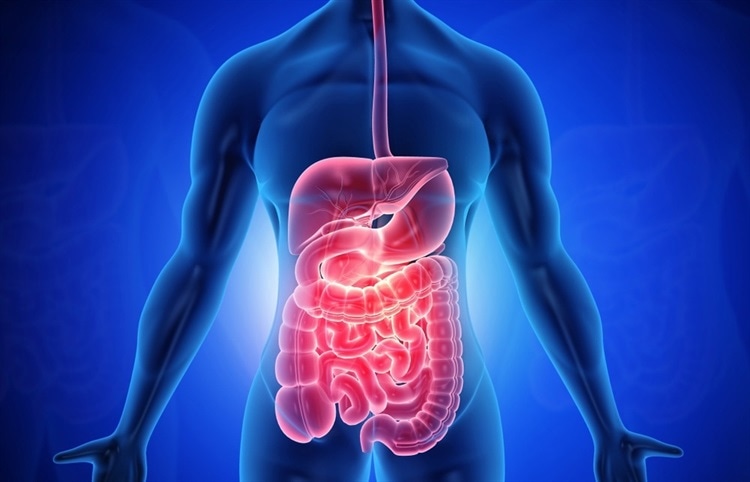The acronym COVID stands for a collection of different post-acute disorders. A SARS-CoV-2 infection can cause a variety of post-acute sequelae that can impact the pulmonary system as well as several extrapulmonary organs, including the digestive system.
The majority of research on the gastrointestinal post-acute sequelae of COVID-19 is restricted to hospitalized patients, has a brief follow-up of a few months, and focuses on a small number of gastrointestinal outcomes.
It is required but has not yet been done to assess the risks and expenses of gastrointestinal illnesses in the post-acute phase of SARS-CoV-2 infection. It is essential to close this knowledge gap in order to inform COVID-19 post-acute care policy.Researchers calculated the risks and one-year burdens of a predetermined set of gastrointestinal events caused by COVID-19 in the current investigation.
A cohort of SARS-CoV-2-positive patients who lived over the first 30 days after a positive diagnosis was made by the researchers. Similar cohort selection criteria, such as surviving the first 30 days of the follow-up, were used to compare this cohort to both a current control cohort and a historical control cohort.
The COVID-19 cohort was made up of veterans who received care from the Veterans Health Administration (VHA) in 2019 and tested positive for COVID-19 between 1 March 2020 and 15 January 2021. Also, two control groups were created, one of which was a contemporary control cohort made up of individuals who were enrolled during the same time period as those in the COVID-19 cohort and another historical control cohort from a pre-pandemic time-period.The COVID-19 group included 154,068 individuals, the historical control group included 5,859,621 individuals, and the contemporary control group included 5,638,795 individuals. The median follow-up duration for the COVID-19 group was 408 days, the contemporary control group was 409 days, and the historical control group was 408, 409, and 409 days. The overall follow-up duration was 14,064,985 person-years.
The team assessed the excess and risk burdens of a predetermined set of gastrointestinal outcomes in COVID-19 patients versus the contemporary control cohort. The excess burdens per 1,000 people at one year were computed according to the difference in the incidence rate predicted between the contemporary control cohort and COVID-19 at one year.





